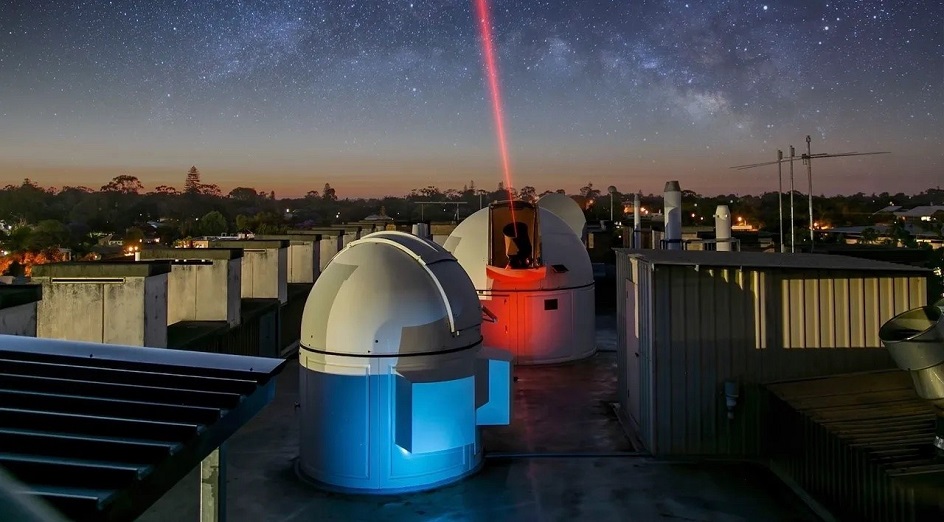A project led by The University of Western Australia in partnership with Fugro Australia and supported by the Australian Space Agency will expand optical communication technology to support international space exploration missions such as NASA’s artemis program.
The Australian optical communications support for NASA Artemis and beyond project, funded by $199,634 via the Australian Space Agency’s Demonstrator program, will seek to establish a new optical communications ground station in Western Australia to enable more precise and clearer communication between Earth and the Moon.
"During the Apollo era, all communication between Earth and the astronauts in space relied on radio communication. Optical communication on the other hand has been shown to support data rates hundreds of times greater than radio communication."
Dr Sascha Schediwy
Dr Sascha Schediwy from the UWA node of the International Centre for Radio Astronomy Research (ICRAR), who has previously pioneered advanced atmospheric stabilisation technology for free-space optical communication, will play a lead role in the project.
Dr Schediwy, leader of the ICRAR Astrophotoncs Group and member of the UWA International Space Centre, said that free-space optical communication would have huge benefits for space exploration.
“During the Apollo era, all communication between Earth and the astronauts in space relied on radio communication, which given the large distance between Earth and the Moon, led to low data rates and poor transmitted live video quality,” Dr Schediwy said.

Image: Optical ground station testing facility.
“Optical communication on the other hand has been shown to support data rates hundreds of times greater than radio communication, enabling 4K live footage of the next crewed Moon-landing – it’s the communication technology of the future.”
Associate Professor Danail Obreschkow, head of UWA’s International Space Centre, said the project would harness the expertise and resources of the newly established Centre.
“The International Space Centre launched earlier this year includes more than 12 research nodes, 150 researchers and 20 PhD students who are working on a broad range of national space priorities, including the advancement of optical communication technologies,” Professor Obreschkow said.
“The scientists are also working on research to improve our daily lives such as communication technologies, new sources of energy, medical advances and human resilience working in harsh environments.”
Dr Schediwy was recently awarded Academic of the Year and the overall Excellence award (the top award) at the 2021 Australian Space Awards for his significant contribution to space research.
Furgo General Manager Sam Forbes said Australia’s future was dependent on reliable, fast, high-speed, and secure communication to advance the next generation of operational technology.
“FugroSpAARC is supporting this significant endeavour to translate innovative research and development that demonstrates Australia’s competitive advantage and highlights our capabilities in advanced space technologies for the benefit of future in space operations” Mr Forbes said.
Media references
Jess Reid, UWA Media & PR Adviser, 08 6488 6876
